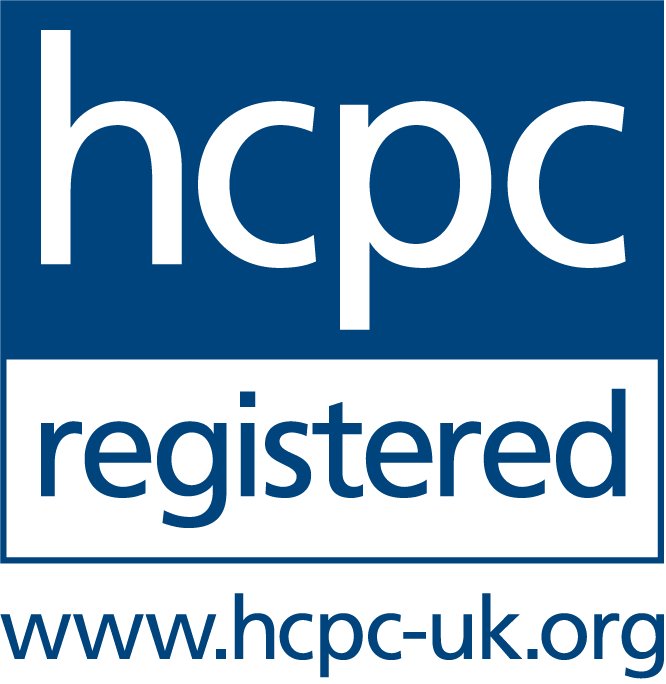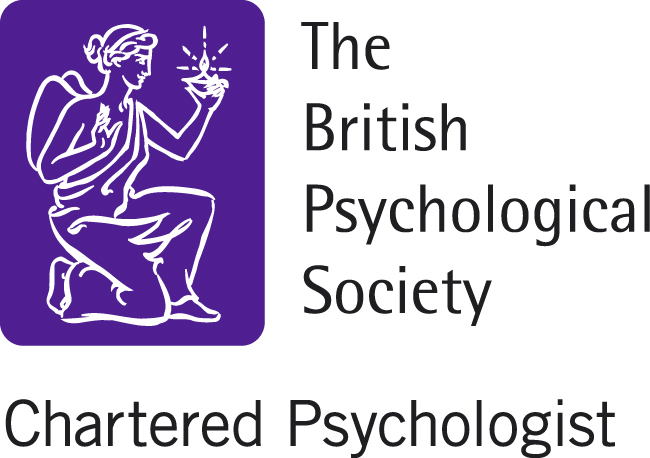What Are Intrusive Thoughts in OCD?
Intrusive thoughts are unwanted, distressing thoughts or images that can pop into our minds without warning. For people with Obsessive-Compulsive Disorder (OCD), these thoughts can become all-consuming, leading to cycles of anxiety and compulsive behaviour. Intrusive thoughts in OCD are more than just fleeting worries; they can create significant distress and often contradict the person's values and beliefs, causing confusion and emotional discomfort.
In this blog post, we will explore what intrusive thoughts are in the context of OCD, how they manifest, the common themes, and how treatment can help individuals manage them more effectively.
What Are Intrusive Thoughts?
Intrusive thoughts are involuntary thoughts, ideas, or images that can be disturbing and unwelcome. These thoughts might involve violence, inappropriate sexual content, doubts about moral behaviour, or fears about health and safety. For most people, intrusive thoughts are fleeting and can be dismissed, but for individuals with OCD, these thoughts become persistent and anxiety-provoking.
In OCD, intrusive thoughts often transform into obsessions. The person becomes fixated on the thought, interpreting it as a sign that something is wrong or dangerous. This leads to overwhelming anxiety and an urgent need to "neutralise" or resolve the thought through compulsive behaviours. While everyone experiences intrusive thoughts to some extent, in OCD, they are frequent, distressing, and interfere with daily life.
Characteristics of Intrusive Thoughts in OCD:
- Repetitive: These thoughts occur frequently and can dominate the mind.
- Unwanted: They are disturbing and in direct conflict with the person’s values or beliefs.
- Anxiety-Provoking: They trigger intense anxiety, often leading to compulsive behaviours to manage the distress.
- Persistent: Unlike fleeting worries, these thoughts stick around and feel impossible to shake.
Common Themes of Intrusive Thoughts in OCD
Intrusive thoughts in OCD typically follow a few common patterns. These can differ from person to person, but certain themes tend to reoccur:
Fear of Harm
One of the most distressing themes is the fear of causing harm to oneself or others. For example, a person might have obsessive thoughts about accidentally hurting a loved one, such as imagining running them over. Despite having no desire to act on these thoughts, the mere presence of them can cause significant distress, leading to compulsions like avoiding sharp objects or constantly checking if they've caused harm.
Contamination Obsessions
Contamination fears are a common obsession for individuals with OCD. These intrusive thoughts often revolve around germs, viruses, dirt, or chemicals. The person may feel intense anxiety about being contaminated or contaminating others, leading to compulsive handwashing, cleaning, or avoidance of perceived "dirty" environments.
Sexual Intrusive Thoughts
Some people with OCD experience sexual intrusive thoughts that are inappropriate or disturbing, such as engaging in sexual acts with people who are off-limits or having unwanted sexual urges. These thoughts can cause significant shame and fear, especially when they conflict with the individual’s moral beliefs or identity.
Religious or Scrupulosity Obsessions
For individuals who hold strong religious beliefs, intrusive thoughts may take the form of blasphemy or fears about being immoral. These could include doubts about whether they have sinned or thoughts of committing sacrilegious acts. The fear of being morally wrong or offending a higher power can lead to compulsive praying, seeking reassurance from religious figures, or performing other rituals.
Doubts About Identity or Behaviour
Intrusive thoughts in OCD may also involve doubting one’s moral integrity or past actions. For example, a person might obsess over whether they told a lie, committed a crime, or harmed someone without realising it. These thoughts drive compulsive behaviours like repeatedly asking for reassurance or retracing their steps to check if they did something wrong.
How Intrusive Thoughts Lead to Compulsions
In OCD, intrusive thoughts and compulsions are intertwined in a cycle that is hard to break. The intrusive thought creates intense anxiety, and the individual feels compelled to perform certain behaviours or mental acts (compulsions) to relieve the distress. While these compulsions may provide temporary relief, they ultimately reinforce the obsessive thinking, making the intrusive thoughts even more powerful.
Examples of How Intrusive Thoughts Fuel Compulsions:
-
Intrusive Thought: "What if I accidentally hit someone with my car?"
- Compulsion: Driving back to check the road multiple times to ensure no one was harmed.
-
Intrusive Thought: "What if I contract a deadly virus?"
- Compulsion: Excessively washing hands, avoiding public places, or wearing gloves at all times.
-
Intrusive Thought: "What if I offend God with my thoughts?"
- Compulsion: Repeatedly praying for forgiveness or seeking reassurance from religious figures.
These compulsions can become highly time-consuming and disruptive, preventing the person from leading a normal life. The more the individual engages in these behaviours, the more entrenched the obsessive-compulsive cycle becomes.
Treatment Options for Intrusive Thoughts in OCD
OCD is a treatable condition, and various therapies are available to help manage intrusive thoughts and compulsions. Exposure and Response Prevention (ERP), a specialised form of CBT, is considered the gold standard for OCD treatment. It involves gradually exposing the individual to their intrusive thoughts without allowing them to perform their usual compulsions. Over time, this reduces the power of the obsessions, teaching the brain that the thoughts are not dangerous. ERP helps break the cycle of obsession and compulsion, allowing the person to tolerate distress without acting on it.
In some cases, medication can be prescribed to help manage OCD symptoms. Selective serotonin reuptake inhibitors (SSRIs), a class of antidepressants, are often used to reduce the intensity and frequency of intrusive thoughts and compulsions. These medications can help alleviate anxiety and improve the effectiveness of therapy.
Managing Intrusive Thoughts: Tips and Strategies
If you’re dealing with intrusive thoughts in OCD, there are several strategies you can use to manage them more effectively:
- Accept the Thoughts: Recognise that intrusive thoughts are just that—thoughts. They do not reflect your character, intentions, or reality.
- Practice Mindfulness: Mindfulness techniques can help you observe your thoughts without reacting to them. By becoming more aware of your mental patterns, you can prevent yourself from getting caught up in the distress caused by intrusive thoughts.
- Challenge Your Beliefs: Work with a therapist to identify and challenge the irrational beliefs that drive your obsessive thinking. This can help you gain a healthier perspective on your thoughts.
- Resist Compulsions: While it may be tempting to perform compulsive behaviours to ease the anxiety, resisting them is key to breaking the obsessive-compulsive cycle. Over time, this will reduce the power of your intrusive thoughts.
When to Seek Professional Help
If intrusive thoughts are causing significant distress or interfering with your ability to function, it’s important to seek help from a mental health professional. OCD can be effectively managed with the right treatment, and early intervention can prevent symptoms from worsening.
Conclusion
Intrusive thoughts are a key feature of OCD, but they do not define you or your character. With the right treatment and support, it is possible to reduce their impact on your life and regain a sense of control. If you or someone you know is struggling with intrusive thoughts or OCD, don’t hesitate to seek help. Therapy and medication can make a significant difference in improving quality of life and breaking free from the obsessive-compulsive cycle.





